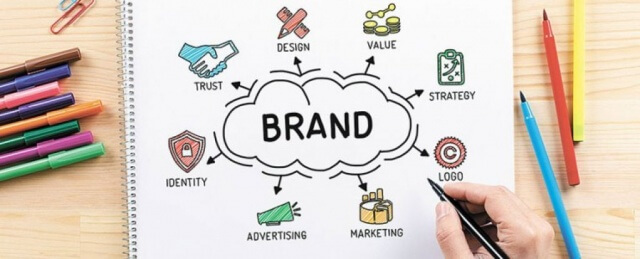
Asia was traditionally considered “easy money” for Western multinational brands, with its burgeoning population and growing middle class. However, the tide has now turned in favour of home-grown brands. According to a recent BCG survey, 73 per cent of executives at large multinational companies said that “local companies are more effective competitors than other multinationals” in emerging markets.
It was not long ago that pundits of the global economy predicted that multinational behemoths, some with revenues larger than small countries, were going to take over the global economy. So how exactly did these local brands gain the upper hand?
1. Be there or be square
One way that local brands are pulling ahead, is by leveraging social media to build highly engaged, loyal communities, making strides in both social commerce and word of mouth. A Digital Ecosystem Evaluation recently run by R3 revealed that Patanjali Ayurved, an Indian firm rooted in the ancient traditions of Ayurved, has over 1,400 social media posts across Facebook, Instagram and Twitter in the past year alone, and has received over 231,000 comments and shares on its posts, which is 53 times higher than the average global personal care CPG brand in India.
A recent study by iPrice group in Philippines showed that Lazada, a six year old online commerce platform rivalling Amazon in Southeast Asia, consistently topped the charts in e-commerce both for website traffic and social media followers. With a vision to use social media platforms as a strategy for retail innovation, Lazada connects their Instagram Shop merchants’ social accounts to the Lazada platform, automatically syncing all the merchants’ products to Lazada’s website.
2. The ball is in your court
Global FMCG brands have been surprisingly slow to realize that consumer consideration in the path-to-purchase has fundamentally changed in the digital age. Most global FMCG brands’ web presence serves simply as signposts directing the consumers to physical retail outlets, when a concerted effort to direct the consumer to an e-commerce platform could have resulted in a much more impactful acquisition and sales conversion.
R3’s recent research into Global FMCG brands’ digital performance in Asia’s emerging markets revealed that most don’t have a “buy now” button to link to e-commerce platforms, and none of them had an active retargeting effort to re-engage their website visitors.
The likely reason is that most of them still have an internal structure where marketing and sales are two separate divisions with different business objectives. In the age of the internet, marketing and selling occurs at the same moment. Google described this emerging phenomenon as the “Zero Moment of Truth” as early as 2011.
Within e-commerce platforms, traditional retailers can no longer reap the benefits of legacy relationships with distribution channels, effectively levelling the playing field between global and local players.
3. The devil is in the details
MNCs have long understood that localization is essential, but the success of local firms lies in their ability to go the extra mile, often tweaking small but significant aspects of their offerings based on a deeper, more nuanced understanding of the market.
Grab and Ola, two of Uber’s largest ride hailing competitors in Asia, gained a serious advantage over Uber by simply accepting cash payments since their inceptions, making the apps more accessible to users in Southeast Asia and India – where overall credit card usage is low. Uber on the other hand chose to partner with Paytm, a mobile wallet in India, to circumvent India’s regulatory complications with credit card payment authentication. Uber only adapted its platform to accept cash in late 2015. This is one of the many reasons why Ola and Grab still dominate the industry in this region.
Go-Jek’s success in Indonesia is another example of Uber’s failure to localize sufficiently. Go-Jek focused on scooters instead of cars because they understood that it was more affordable and they could tap into a larger pool of drivers. Scooters are also more compatible with the local traffic conditions in large Indonesian cities.
The Silver Lining
The success of local firms is not entirely bad news for MNCs. Just as the local/regional brands replicated the best aspects of global companies (Uber’s technology, Apple’s design etc…), MNCs can also learn from the strategies of successful brands.
Take the example of Airbnb’s aggressive localization strategy. In 2013, Airbnb launched a functional Japanese version of their website at a week’s notice by prioritizing the most important translations. Their dynamic Translation Management Tool streamlined the process of updating content, enabling their site to be online in 26 languages. Whenever a new phrase is added to the website this tool notifies the pool of translators who edit it in context, in real time.
The international success of western brands like Apple, Airbnb – and Asian brands like Uniqlo – is a testament to the possibility that brands can succeed both locally and globally. The most important component of success is a willingness to learn from other local and global brands, and to leverage the vast sea of new opportunities in the digital age.
By Swathi Eashwer, Consultant of R3





